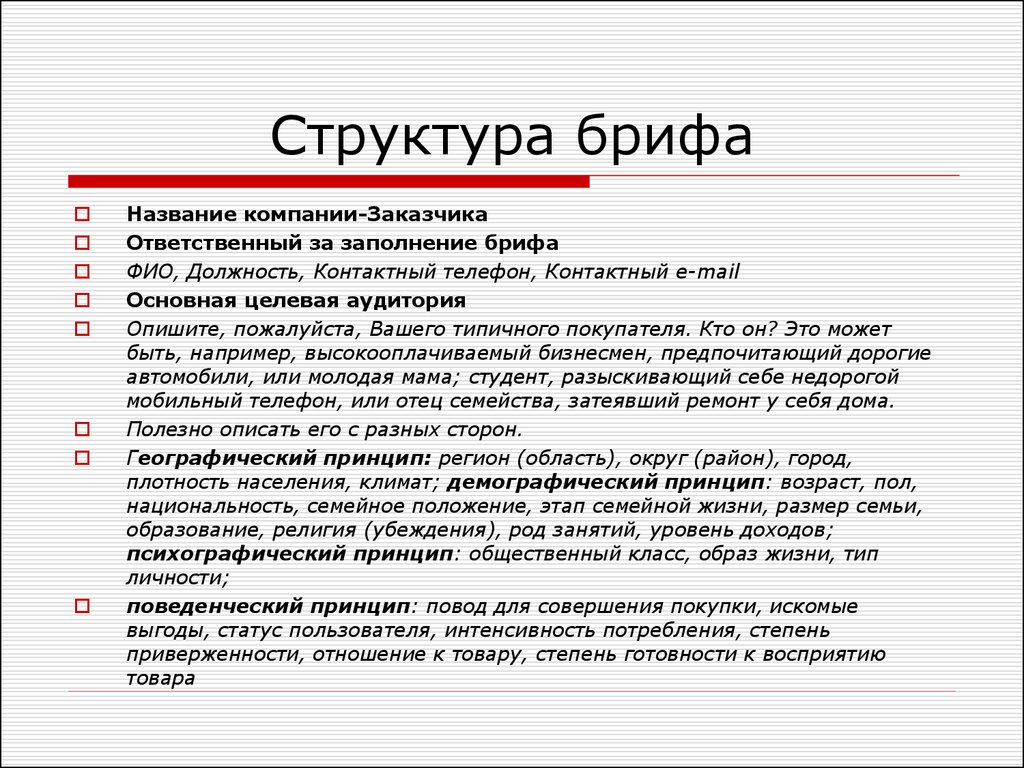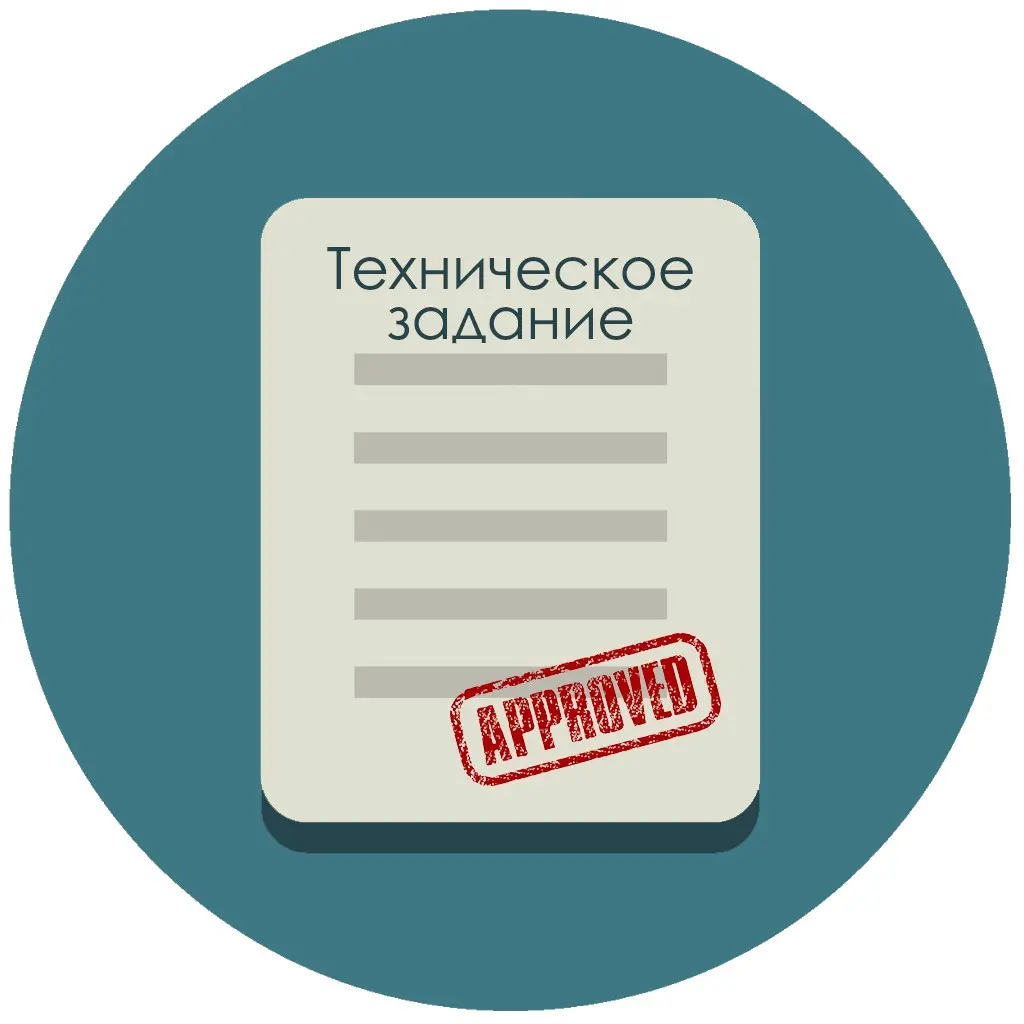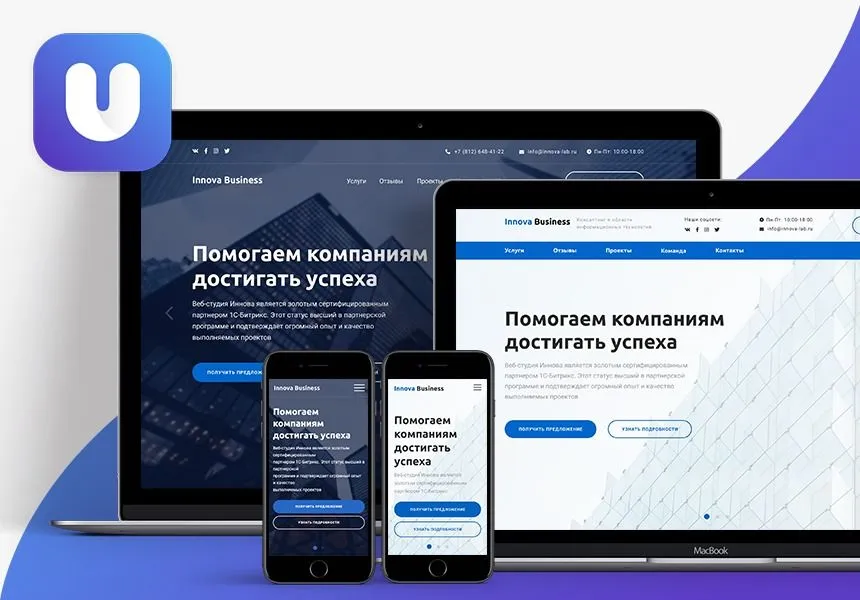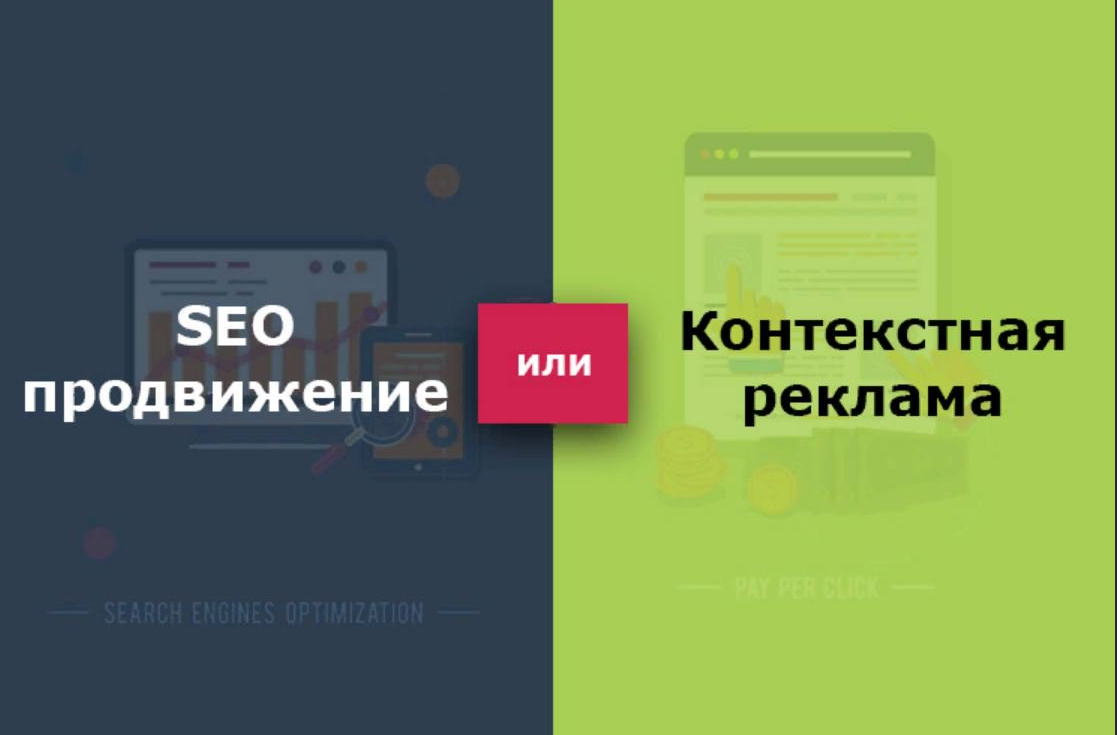A brief is an essential element in the digital world. Without one, marketers, developers, and SMM specialists are completely in the dark about the client's needs. We delved deep into this topic and invited experts to share their valuable advice and provide templates to help create effective briefs.
Understanding the brief and its purpose
A brief can be compared to a project "summary." It's a form that introduces the contractor to the client and the tasks assigned to them. It contains basic information about the project, including its nature, timeframe, and the client's expectations. Furthermore, the brief often includes general questions about the client company, which helps the contractor gain a deeper understanding of the client's business.

The value of a brief
A briefing is often a crucial part of the sales funnel, allowing parties to assess their compatibility. Without a briefing, it's impossible to accurately estimate the project's cost. It also serves as an important "safety net" for the contractor, defining project requirements and expectations.
Brief Contents: Key Points
Company Information: General questions about the client company help to gain an understanding of its activities.
Product description and its USP: Disclosure of the main characteristics of the product and its unique offering.
Brand Information: Information about the corporate style, slogans and philosophy of the company.
Project goals and objectives: A clear definition of the goals that the client wants to achieve.
Budget constraints: Clarifying the financial framework of the project.
Target Audience: A detailed description of the target audience and its characteristics.
Examples of work: Illustrations or references to work that inspires the client.
Organizational aspects: Establishing deadlines, communication processes and responsibilities of the parties.
Technical requirements: Specifications for the use of programs and tools.
Additional wishes and comments: Any additional information or requirements that may be useful in completing the project.
Brief – The Key to Successful Cooperation
A brief is more than just a formality; it's a tool that ensures successful collaboration and efficient project implementation. A detailed and informative brief helps avoid misunderstandings and errors during the project execution phase and fosters a deeper understanding of the client's goals and requirements.
Solving the Riddle of Customer Objections: How to Use Them to Your Business' Advantage
Customer objections are a common concern for those working in advertising, marketing, or sales. They include reasons why customers are unwilling to purchase a product or service. Examples of such objections include "your prices are high," "I'm not familiar with your company," and "I already have a supplier."
These objections can be varied and reflect various aspects of the customer's decision to purchase a product or service. For example, they may take the form of comments about high prices, insufficient knowledge of the company, or an existing supplier.
Using customer objections to your advantage requires a strategic approach and understanding their root causes. Instead of viewing objections as obstacles, they can be viewed as an opportunity to deepen your understanding of customer needs and improve your product or service offering.
For example, a high price objection may motivate a supplier to offer the customer more favorable terms or demonstrate the product's benefits that offset its cost. A lack of knowledge about the company may prompt additional information campaigns or provide the customer with more detailed information about the brand and its benefits.
Therefore, the ability to effectively respond to customer objections and use them to your advantage can lead to improved customer relationships, increased trust, and increased sales.

Taking competitors into account
An important part of the brief is information about competitors. This section describes who they are and how their products, services, or offerings differ from those offered by the client. This allows you to understand the competitors' strengths and weaknesses, and sometimes their promotion budgets. This information can be very helpful in solving problems. It also helps you learn which phrases to avoid in your communications to avoid creating associations with competitors.
Examples of work that the client likes
Examples of work that clients appreciate are a key element in the process of creating a brief and setting expectations. Evaluating work that evokes positive emotions in a client is a highly subjective process, especially when it comes to design, websites, or copy.
Each client's employee has their own tastes, preferences, and creative vision, making this process even more individualized and complex. Therefore, during the briefing and information gathering process, it's important to obtain references and work samples from the person who will approve the final project.
These examples of work that the client appreciates can be either internal developments or external projects that spark interest or admiration. They help the contractor better understand the client's preferences and expectations, as well as create a more precise idea of the desired end result.
Obtaining references from the client's key stakeholders reduces the risk of misunderstandings and dissatisfaction during the project. It also improves communication between the contractor and the client, which is essential for successful project completion.
Organizational aspects
It's important to clarify all organizational details, such as deadlines, work stages, and who will approve the results. Sometimes, it's important to clarify which programs the projects will be submitted to.
There are no strict rules for writing a brief. Questions can be asked in any logical order, and answers can be recorded in your preferred program.
Expert Advice: How to Conduct a Client Briefing
After interviewing the heads of foreign and Russian digital agencies, we discovered the following:
Who should fill out the brief: the client themselves or the contractor based on the client's information?
It's important to interview the client yourself rather than providing them with a form to fill out. This will allow you to better understand their needs and desires and build trust.
At what stage of the deal should I be asked to fill out a brief?
Basic questions can be included in the application form on the company's website. At the first in-person meeting, a more detailed brief should be completed to begin gathering information about the client as soon as possible and demonstrate your willingness to engage in the work.
Towards the Truth About Competitors and Briefs: Keys to Client Communication
— How to obtain information about a client’s competitors?
"It's important not only to take the client's word for it but also to conduct your own research. Sometimes the information a client provides about their competitors may be inaccurate or even distorted."
It also happens that a brand with a similar positioning isn't a competitor in search results. Therefore, we take two steps: first, we conduct a briefing with the client, and then we conduct our own market research, studying competitors and verifying the facts and figures provided.
Should the results of the briefing be coordinated with the client? What's the best way to organize this part of the communication?
— It's essential to summarize the meeting or call. It's important to go over all the points and outline the next steps. Then, it's important to clarify who exactly will make the next move and agree on a date for the next meeting. These are the foundations of any successful business conversation. Failure to do so could result in losing the client.
— What's the best way to record responses to briefing questions during an in-person or online meeting?
The key is to do this in writing. You can use a notebook, notes on your phone, or Excel spreadsheets—the important thing is to capture the information. This is essential so you can review your answers later and share the information with colleagues for future work.
After the meeting, you should send the completed brief to the client for approval. If you feel something was misunderstood, give the client the opportunity to correct it.
— How do I format a brief that the client fills out themselves?
You can choose any format that's convenient for you. Tables in Word or Excel are most commonly used. Google Forms are also convenient because they're easier to fill out, as is the Tilda form builder, which allows you to create visually appealing and personalized forms.
— What is the difference between a brief and a technical specification?
A brief is the initial meeting where the client's goals and expected results are clarified. Preferred platforms and tools may be specified here, but this is not required.
The technical specification is the next stage, where specific goals, measurable results, tools used, and other parameters are formulated to accurately complete the task.
Sometimes a brief can include elements of a technical specification, especially if it concerns specific parameters. However, in most cases, a brief is a more general description of the task, while a technical specification is a more specific action plan.
— Is it necessary to formalize the brief? How to do it correctly?
If the brief is a technical specification based on which work or services are performed, it can be included in the documentation package. However, this isn't always necessary: sometimes it's enough to simply describe the service and agree on a method for measuring results.
For example, if you write 100 social media posts a month, it might be helpful to create a guide containing basic writing rules. The number of posts can be specified in the client agreement.
— Is there a limit on the number of questions in a briefing? How long should an oral briefing last?
There are no strict limits on the number of questions. You can include both mandatory questions (marked with an asterisk *) and optional ones that the client can answer if they wish. However, don't overload the client with too many questions if a dozen are sufficient to complete the job.
It's best not to conduct interviews longer than an hour, as this can reduce concentration. The meeting should provide answers to the main questions, and the client can ask for the remaining information in writing.







